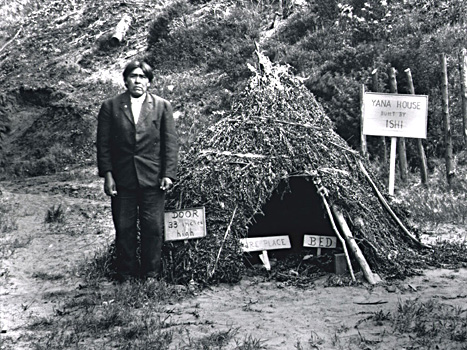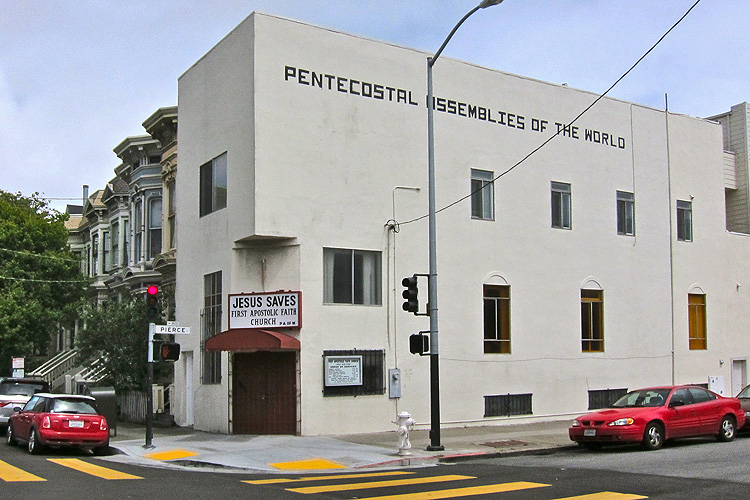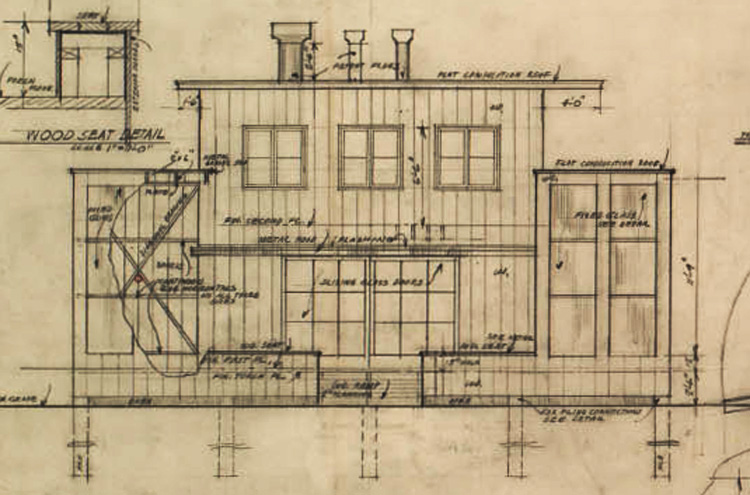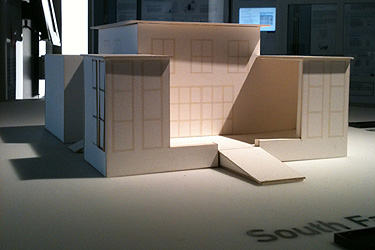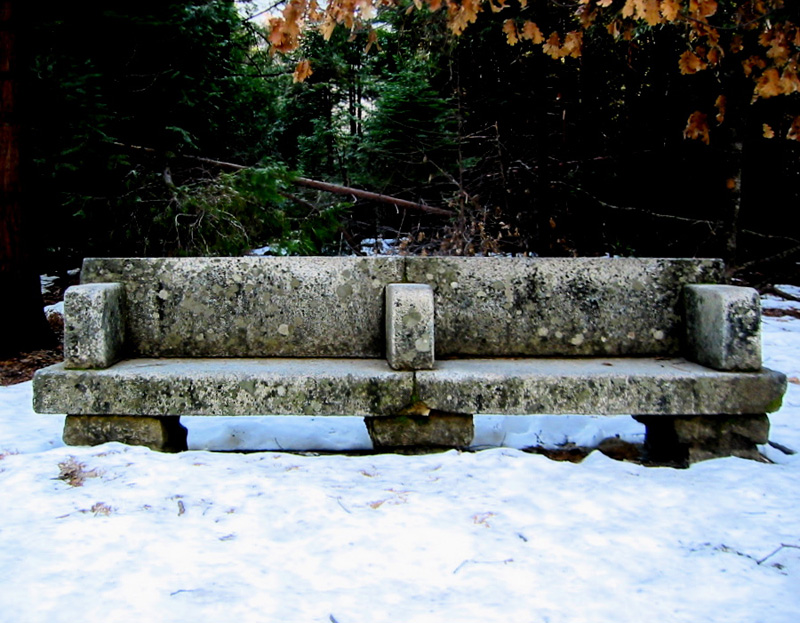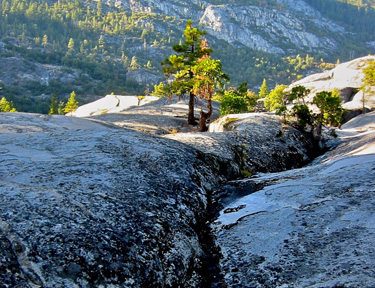
In putting together the images for our last Ishi post, we came upon the photo reconstructions of Byron Wolfe including this fantastic image taken of a second trip with Ishi, 100 years after Ishi’s own, to the same swimming hole of the legendary campout of May 1914.
Calisphere’s Guide to Ethnographic Field Photos contains the vast photo documentation of 1914 camp photos by anthropologist Alfred Kroeber and surgeon-archer Saxton Pope as they return with Ishi to his ancestral hideout and home. Both specimen and friend, the relationship of Ishi, the last California aboriginal, and his academic buddies from the University of California was complicated.


